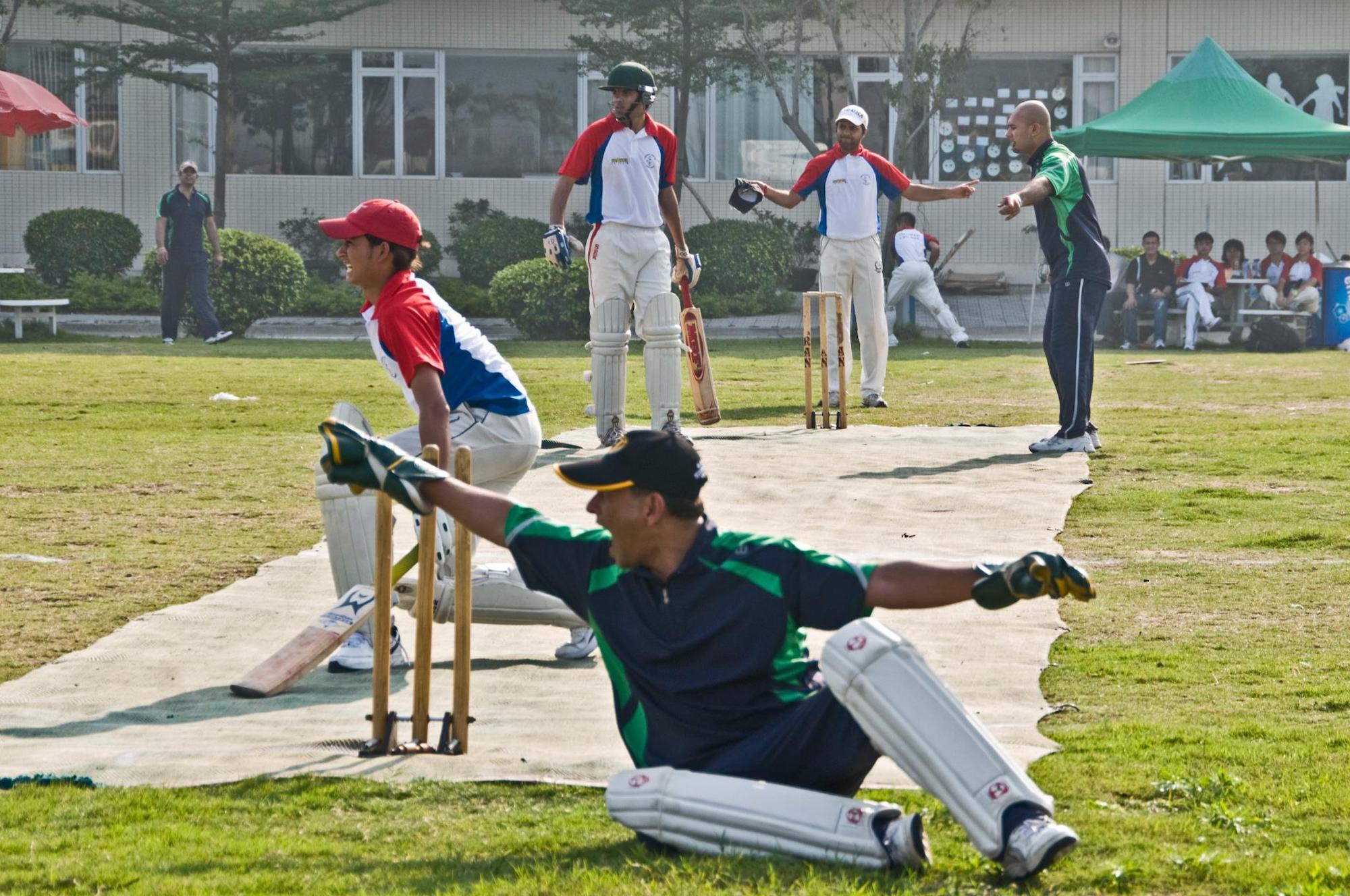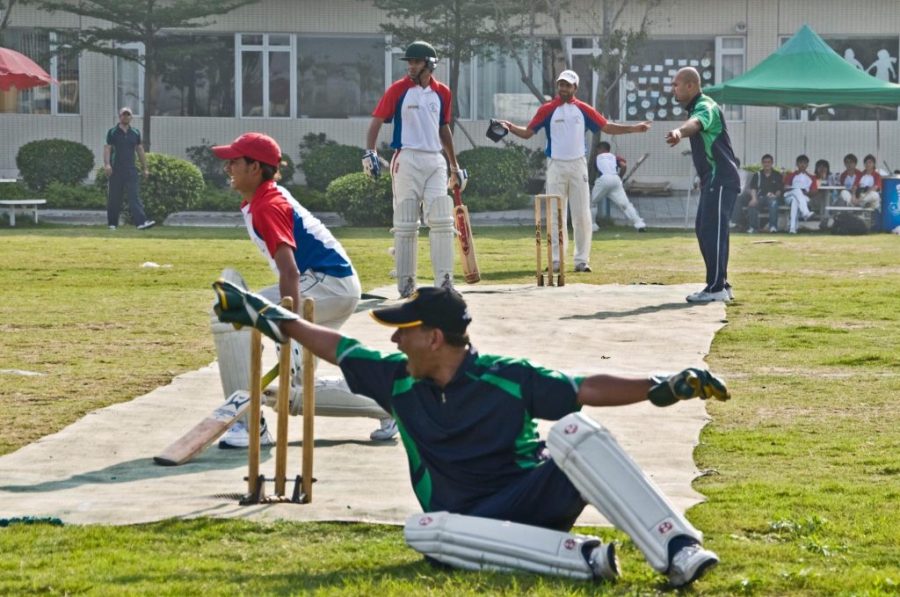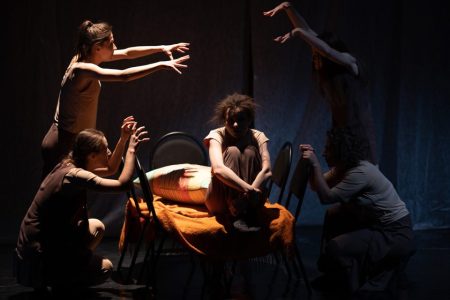Like the emperor penguin or the desert jerboa, the game of cricket is capable of surviving in the unlikeliest of environments. It has thrived in Afghan refugee camps, on the remote islands of Papua New Guinea, and at the giddy altitudes of Nepal (where “the world’s highest match” was played at Everest Base Camp).
Today, what was once the pastime of English sheep herders is a billion-dollar industry and the world’s second most popular sport. Its great heartlands are South Asia, Australasia, the UK and South Africa, but cricket is enjoyed everywhere from Bhutan to Panama to Sierra Leone.
It even has a foothold beneath the bright and unforgiving lights of Macao. Here, a small group of South Asian expats keeps the game alive in the face of official and public indifference and a woeful lack of funding.
“If you don’t do anything for cricket, no one will know about it,” says Adnan Nasim – a founding member of the Macau Cricket Association (MCA) and president since the association’s inception in 2008. It has less than 40 members, barely a pataca to its name, and plays its matches on a sandy lot, but in its tenacity, the MCA is a vivid illustration of the love that cricket so famously inspires, wherever in the world it goes.
The Macao connection
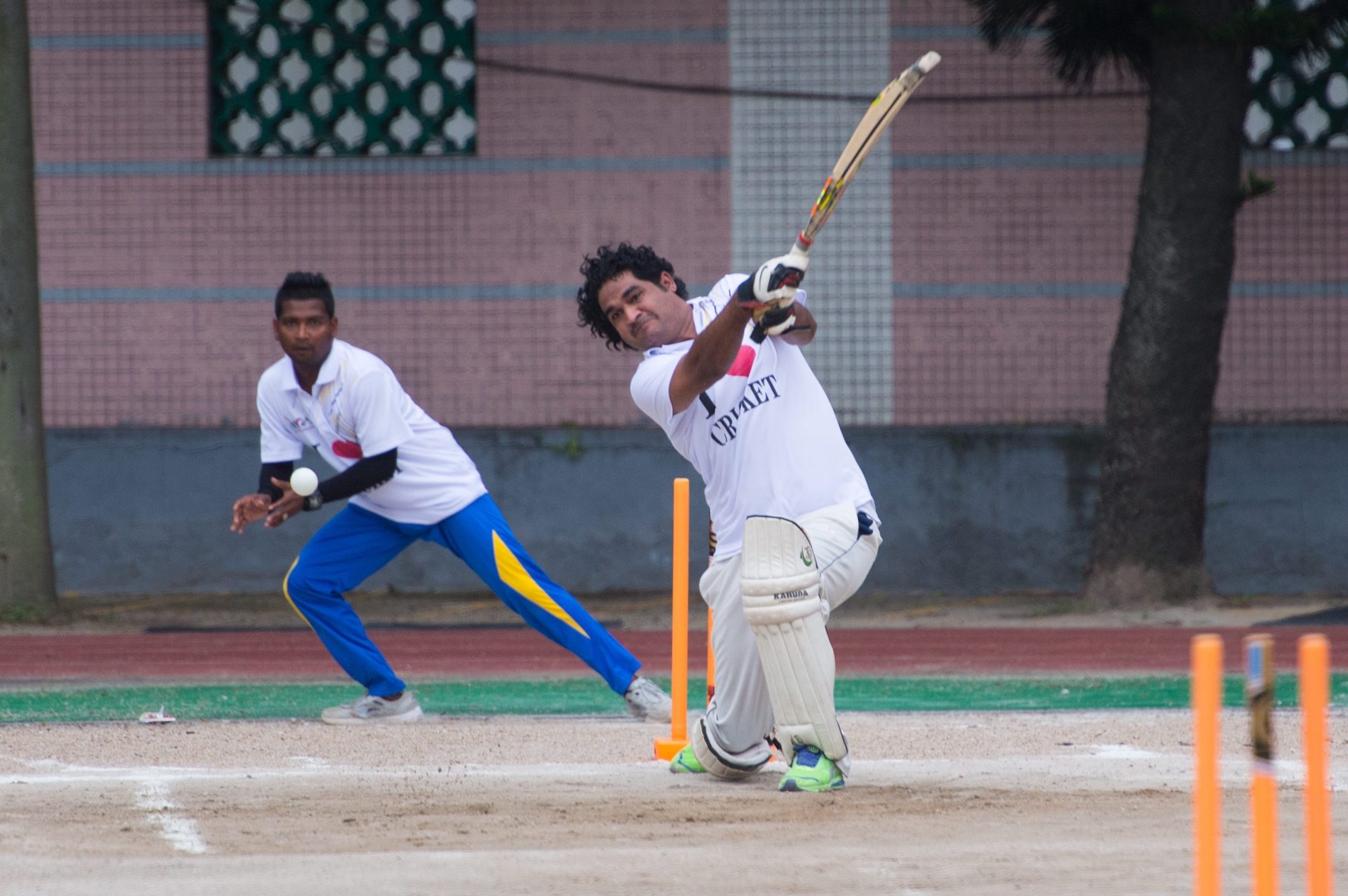
The members of the MCA are not the first with Macao connections to have taken up cricket. Previous generations did – but on the other side of the Pearl River estuary, in Hong Kong. It was migrants from Macao, for example, who made up Hong Kong’s well-regarded Club de Recreio and La Salle College teams.
In the pre-war years, many Portuguese and Macanese lived in the leafy suburbs of Kowloon and took up the game as youngsters. “Our cricket was played in the Homantin Oval, bounded by Peace and Liberty Avenues,” recalls Micky d’Almada Remedios in Peter Hall’s magisterial history 150 Years of Cricket in Hong Kong. “Our ‘test matches’ lasted many hours each day, we had lots of fun,” he says, recalling youthful teammates with names like Prata, Gosano, Monteiro, Noronha, Barros and Cavalho.
The 1938-39 and 1961-62 seasons were high points for Macao cricketers in Hong Kong: in those years, Club de Recreio won the First Division league. But onward emigration – to places like the US and Australia – thinned out the community’s ranks and by the late 1960s, Club de Recreio found it hard to muster a side.
It took a handful of young South Asians to revive the connection between cricket and Macao. One of them was Nasim, who arrived in the territory in 1987 as a science major at the University of East Asia – now known as the University of Macau (UM) – and is today a computer service operator on UM’s IT help desk. Like many Pakistanis, he had grown up with the game, watching adults and teens play it during evenings in his village. As a five-year-old, he laughs, “I was too small, so my job was just to go and get the ball.”
In a 2018 interview with the “campus news” section of the UM website, Nasim said, “Cricket was first introduced by UM students from Pakistan, Bangladesh and India, who formed teams to play [on the] basketball courts and tennis courts at UM.”
However, the sport did not expand beyond this small coterie until 2004, when the development of the Cotai Strip brought with it an influx of expats and migrant workers, including many Pakistanis and other South Asians. “There were these guys who were a lot younger than me and they did not just want to sit and talk,” he says. “They wanted to do something.”
[See more: What’s next for football in Macao?]
Pick-up games started on vacant land close to the Border Gate (Nasim can’t recall exactly where the lot was located). They developed into social occasions, as players began bringing their wives and having dinner together. “We used to finish dinner quickly and run to play cricket,” says Nasim. “It was tricky to tell the wives ‘You guys stay and enjoy,’ while we’re disappearing for two hours.”
A casual, six-a-side tournament was held in 2006, at the instigation of a group of Australian expats visiting from Hong Kong. A year later, a more formal tournament was held – the Harmony Cup Cricket Sixes, thought to be the first such event in Macao. Local politician José Pereira Coutinho was in attendance and impressed by the sport and passion involved. He suggested that Nasim and others start an association. The MCA was born.
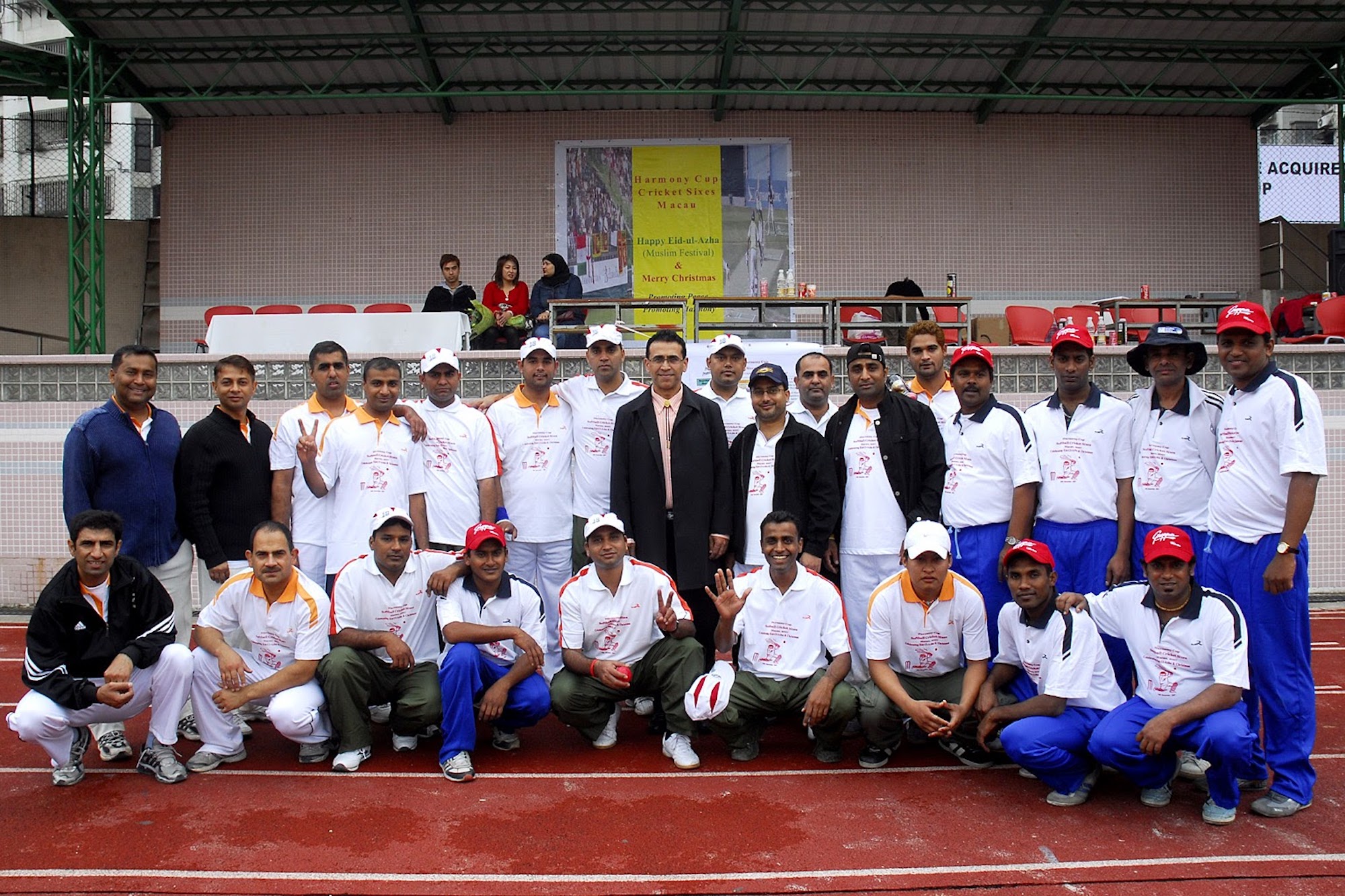
Nasim immediately reached out to the Asian Cricket Council to explore the possibility of affiliation for the MCA. Iqbal Sikander, a representative of the sport’s regional governing body, came to Macao to evaluate the fledgling cricket scene for himself and found much to be desired.
“He told me that we needed scorebooks, kit bags, and a lot of other equipment because if we were invited to participate in an event, we had to be ready with all our gear,” Nasim says.
Macao’s cricketers had run into an issue that dogs them to this day. In a town awash with money, there was no cash for cricket.
British connections in neighbouring Hong Kong meant that the game was well known there. But in Macao, the locals had never heard of it, didn’t understand it, or assumed it to be an exclusively South Asian pursuit – a bit like kabaddi or kite fighting. Neither does the territory have a large South Asian business community – which essentially bankrolls the game in Hong Kong. Cricket in Macao began struggling from the start.
Friday night cricket
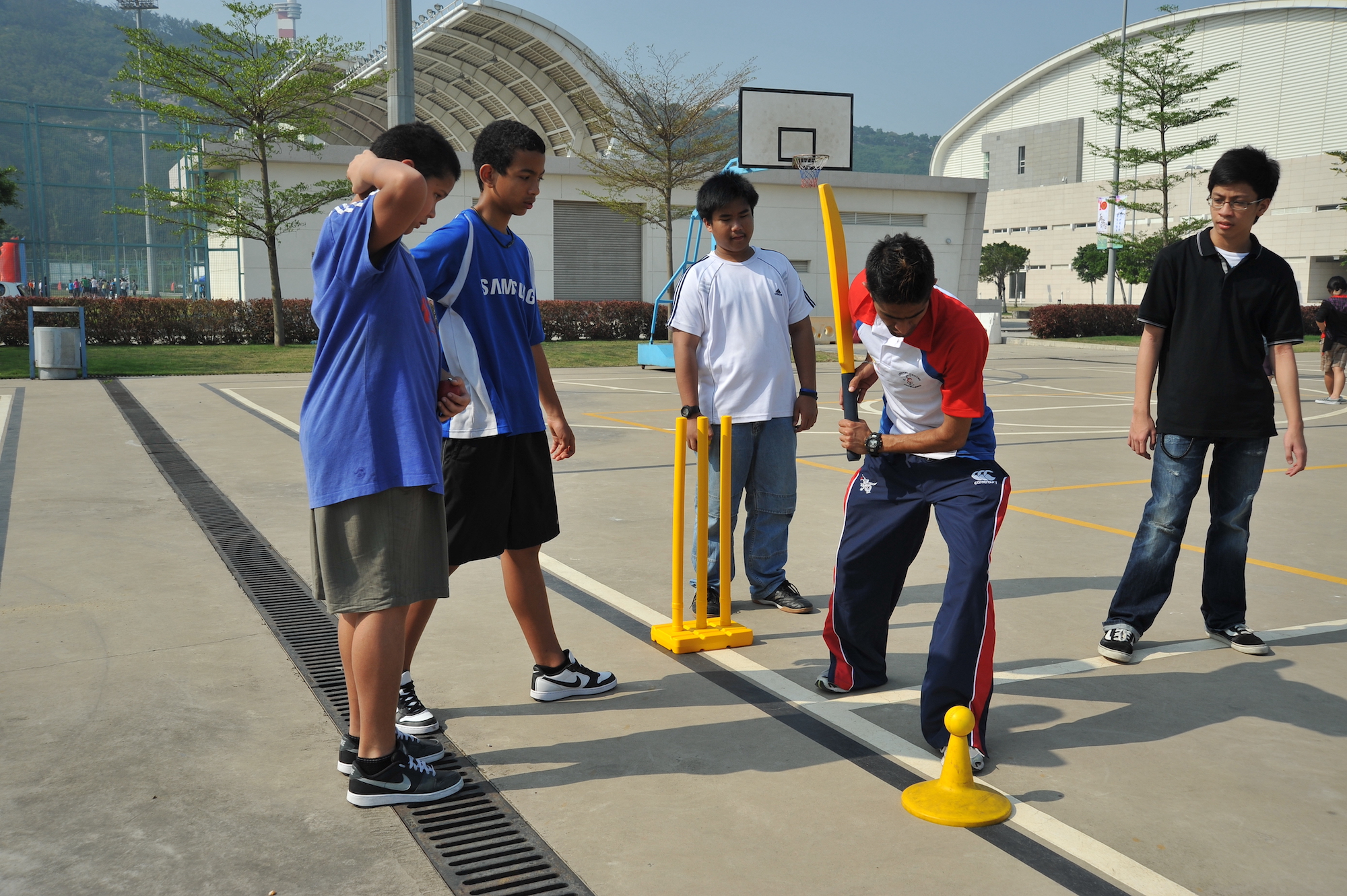
Nasim made an effort to get schools interested in the game. He persuaded the International School of Macao, Macao Anglican College and Macao Sam Yuk Middle School to form teams, playing against each other in friendly games.
“That was the peak of cricket in Macao for me,” Nasim says. “It was satisfying to see young children playing in a proper competition.”
The interest was hard to sustain, however. In Macao’s competitive educational environment, ambitious parents didn’t want to see their offspring fritter away their time on aimless games. They wanted qualified coaching, and official competitions leading to recognised trophies, so that the youngsters could burnish their resumes. The MCA could provide none of it.
The cost of coaching was not the issue, “We found a qualified coach in Hong Kong who charged [just] 100 patacas per week.” Nasim says. But there were transport expenses to cover, and bulky equipment to acquire, as well the difficulty of finding places to store it. With no funding, it was impossible to grow the sport.
And that, more or less, is where the MCA finds itself today – only its numbers are even fewer, winnowed by the pandemic from around 50 members to 35. They are passionate, gathering every Friday night near Rua da Torre de Macau in an open space that also doubles as a baseball diamond.
[See more: 10 questions for Macao men’s football coach Lázaro Oliveira]
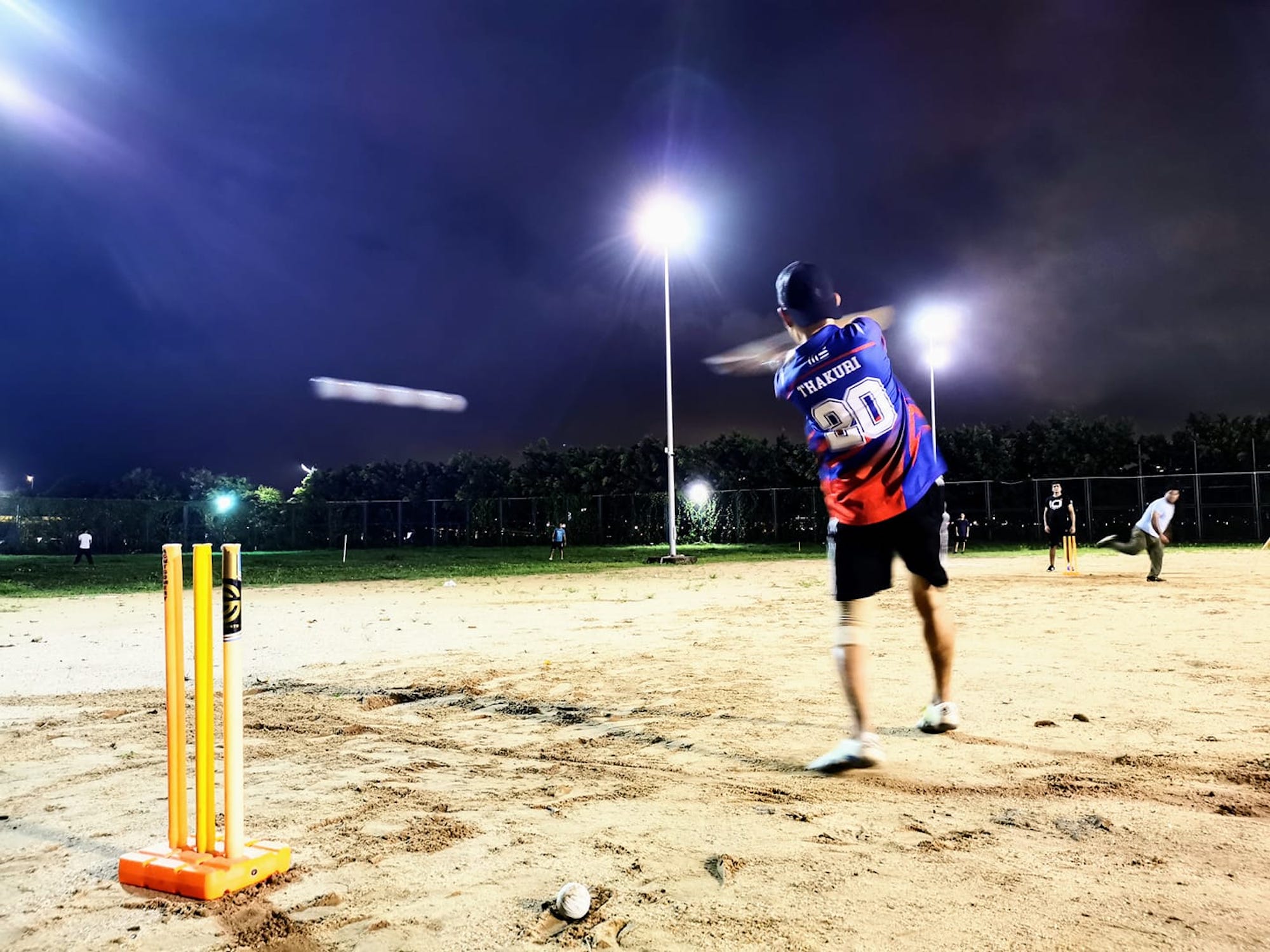
You only have to look at the delighted faces of the players to see that the MCA is far from a failure, however. They are Pakistanis, Indians and Nepalese, many working as security guards or small-business owners. Tough men, with tough lives, far from home. But when they step up to the crease, their cares fall away.
“They work, eat and sleep,” Nasim says. “When they come to play cricket, you see a different person – filled with happiness, light in their eyes, and they start joking. After a long day at work, coming together is good for their mental health. So that is very satisfying.”
If the MCA does nothing else, it will have fulfilled its remit simply by providing that sort of satisfaction. Perhaps an angel investor will appear on the scene one day. Maybe a government official will take notice. Perhaps the ACC can be persuaded to provide seed funding. But even if none of these things happen, “Friday night cricket continues” Nasim says.
“I’m sure that’s not a problem as long as we have a place to play. If there is no ground available, our team is willing to go to the beach to play until somebody stops us there. But cricket in Macao will continue.”
